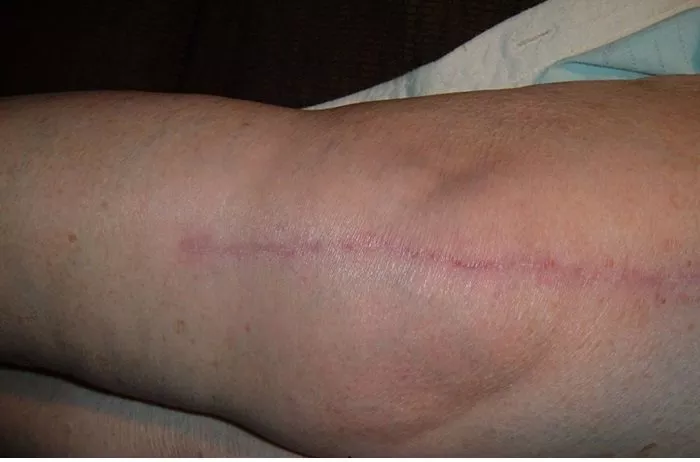Combining cardiovascular exercises with weight training, often referred to as concurrent training, is a popular fitness strategy employed by both athletes and general fitness enthusiasts aiming to maximize their time and efforts in the gym. Specifically, performing cardio after weights has become a common practice, particularly among those looking to enhance endurance, burn fat, and improve overall physical fitness while maintaining muscle mass. This comprehensive guide will delve into what happens when you do cardio after weights, the benefits, potential drawbacks, and how to effectively incorporate this training regimen into your fitness routine.
Understanding the Science Behind Cardio After Weights
Physiological Impacts of Concurrent Training
When discussing the effects of doing cardio after weight training, it is important to understand the physiological impacts of such a regimen. Weight training primarily focuses on anaerobic (without oxygen) energy systems, creating a high demand for energy over short periods, leading to muscle hypertrophy (growth) and strength gains. On the other hand, cardiovascular exercises target aerobic (with oxygen) energy systems, enhancing heart health, endurance, and recovery.
Hormonal Responses to Training Sequences
The sequence of exercise modalities (weights followed by cardio) can influence hormonal responses crucial for muscle growth and recovery. Weight training leads to a significant increase in anabolic hormones like testosterone and growth hormone, which are essential for muscle repair and growth. Introducing cardio after weights can extend the production of these hormones while also boosting the release of hormones like cortisol, which in higher levels can be catabolic (muscle-breaking). However, the moderate elevation in cortisol post-resistance training followed by cardio is often offset by the anabolic hormones, provided the cardio session is not excessively long or intense.
Metabolic Effects and Fat Oxidation
One of the most significant effects of performing cardio after weights is on fat oxidation. After depleting glycogen stores during weight training, the body is more likely to use fat as the primary energy source during subsequent aerobic activity. This metabolic shift not only increases fat burning but also enhances metabolic flexibility, the body’s ability to switch between burning carbs and fats efficiently.
Benefits of Doing Cardio After Weights
Enhanced Fat Loss
This training sequence can optimize fat burning due to lower glycogen levels following resistance training, making it an effective strategy for fat loss. This is particularly beneficial for individuals targeting body composition goals such as increased muscle mass and decreased fat mass.
Improved Muscle Recovery
Post-resistance training, light to moderate cardio can enhance blood flow to muscles, delivering nutrients and oxygen necessary for repair and growth. This can potentially reduce muscle soreness and improve overall recovery times.
Increased Overall Fitness
Combining weights and cardio increases the overall volume of exercise, which can lead to improvements in both strength and cardiovascular fitness. This holistic approach ensures a balanced development of physical capabilities, which is especially beneficial for athletic performance.
Potential Drawbacks and How to Mitigate Them
Risk of Overtraining
Performing lengthy sessions of cardio after intense weight training can increase the risk of overtraining, leading to fatigue, decreased performance, injuries, and disturbed sleep patterns. To mitigate this risk, it’s crucial to monitor the total volume and intensity of training, ensuring adequate recovery and nutrition.
Possible Impairment of Muscle Gains
There is some evidence to suggest that too much cardio after weights might interfere with muscle strength and hypertrophy gains, particularly if the cardio is high-intensity or prolonged. Balancing the duration and intensity of cardio sessions is essential to prevent potential negative impacts on strength development.
Optimizing Cardio Post-Weights
Choosing the Right Type of Cardio
The type of cardio performed after weights can significantly influence the outcome of a training session. Low-intensity steady-state (LISS) cardio, such as walking or light jogging, is often recommended as it has a lower risk of impairing muscle recovery and growth. High-intensity interval training (HIIT), while effective for burning fat in a short period, should be used cautiously due to its demanding nature.
Duration and Intensity Considerations
Keeping cardio sessions post-weights short and at moderate intensity is ideal. A general recommendation is to limit post-weights cardio to 20-30 minutes. This duration allows for effective fat burning without significantly depleting muscle energy stores or causing excessive fatigue.
Recovery and Nutrition Strategies
Optimal recovery and nutrition are paramount when combining cardio with weight training. Consuming a balance of carbohydrates and protein post-workout can aid in glycogen replenishment and muscle repair. Additionally, ensuring adequate hydration and electrolyte balance is crucial, especially after extensive sweating during long training sessions.
Conclusion
Incorporating cardio exercises after weight training can be highly beneficial for those looking to maximize their physical fitness, improve body composition, and enhance overall health. However, the key to success lies in strategically planning the type, duration, and intensity of cardio to complement the weight training regimen without compromising muscle growth and recovery. With proper implementation, this training approach can help achieve a balanced and robust physique, proving effective for both general fitness enthusiasts and competitive athletes alike.
[inline_related_posts title=”You Might Be Interested In” title_align=”left” style=”list” number=”6″ align=”none” ids=”7891,7802,7841″ by=”categories” orderby=”rand” order=”DESC” hide_thumb=”no” thumb_right=”no” views=”no” date=”yes” grid_columns=”2″ post_type=”” tax=””]

































